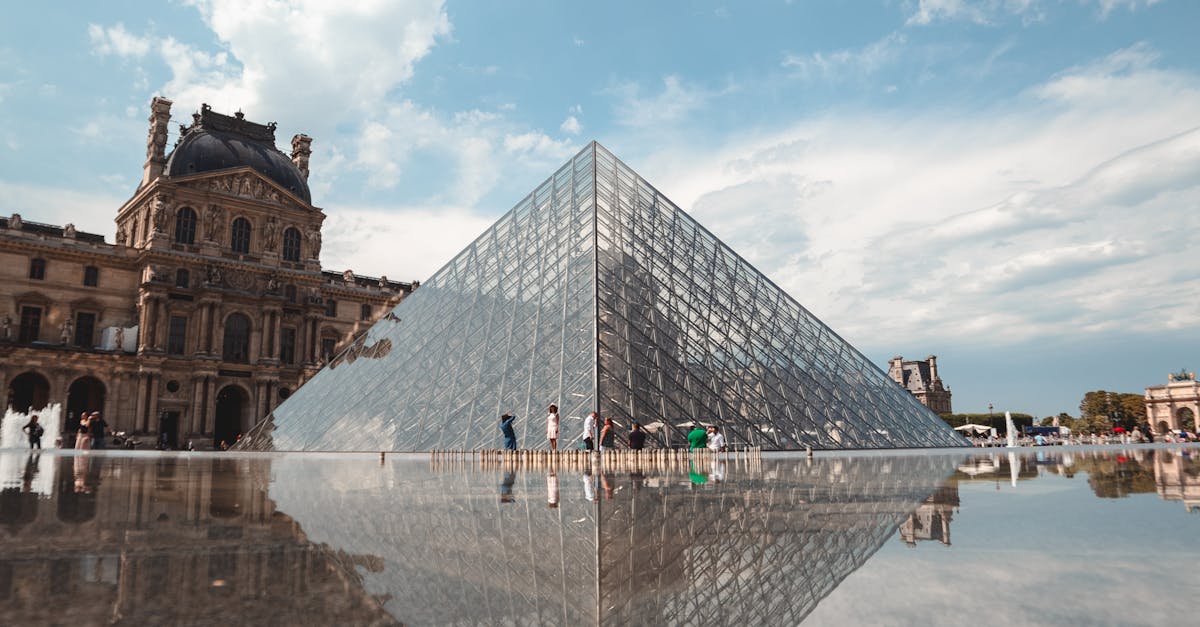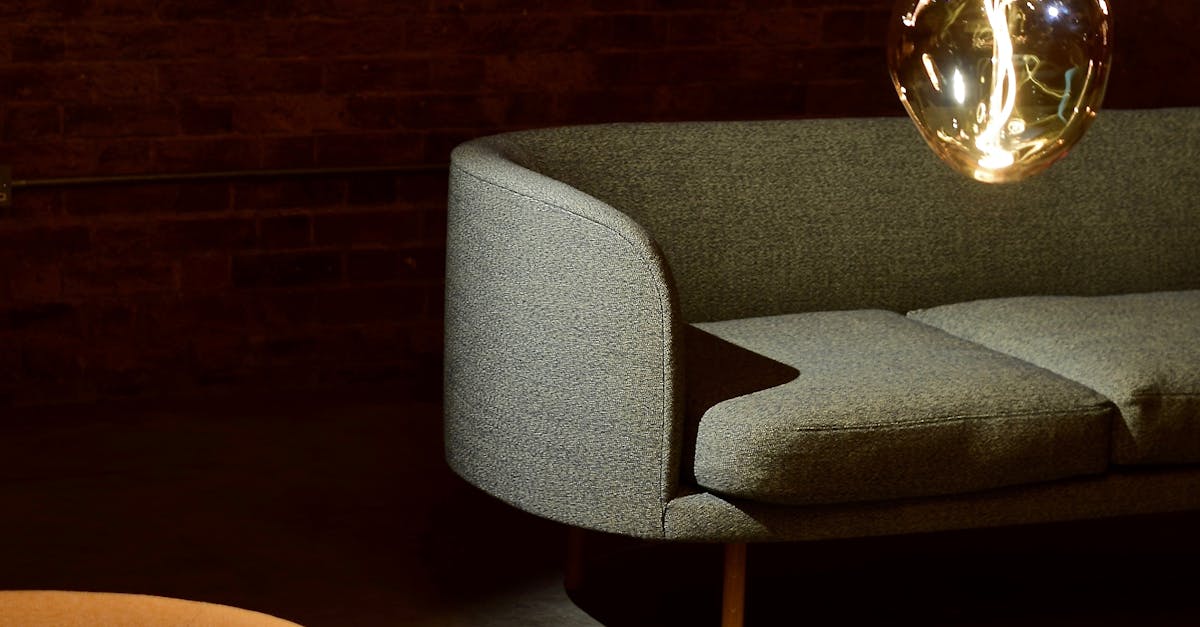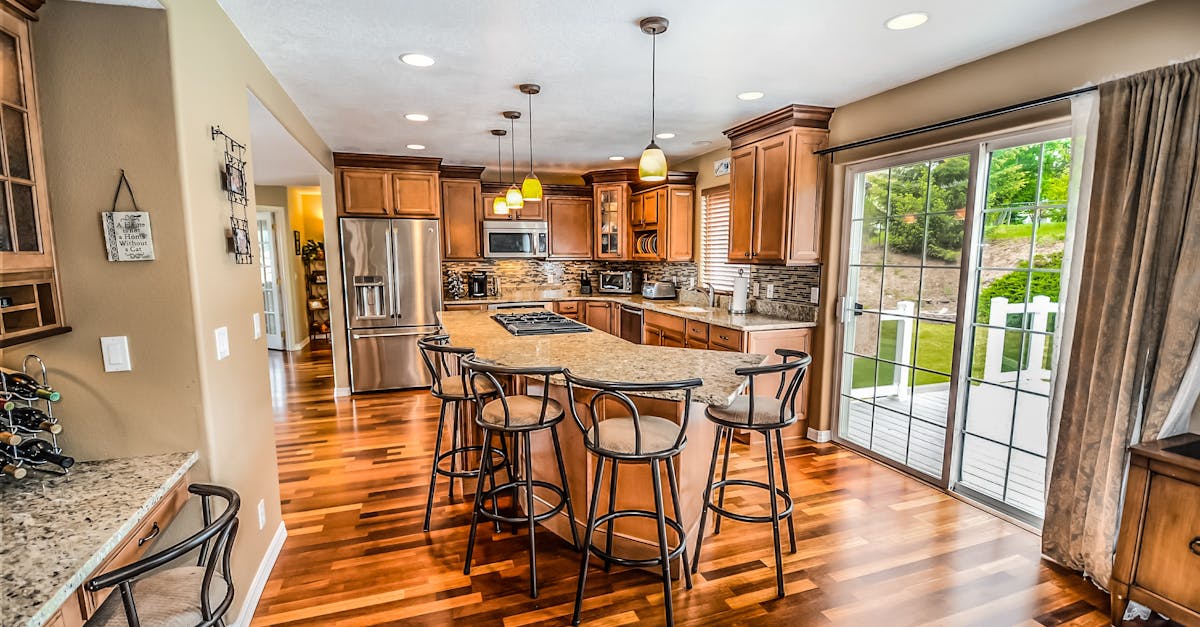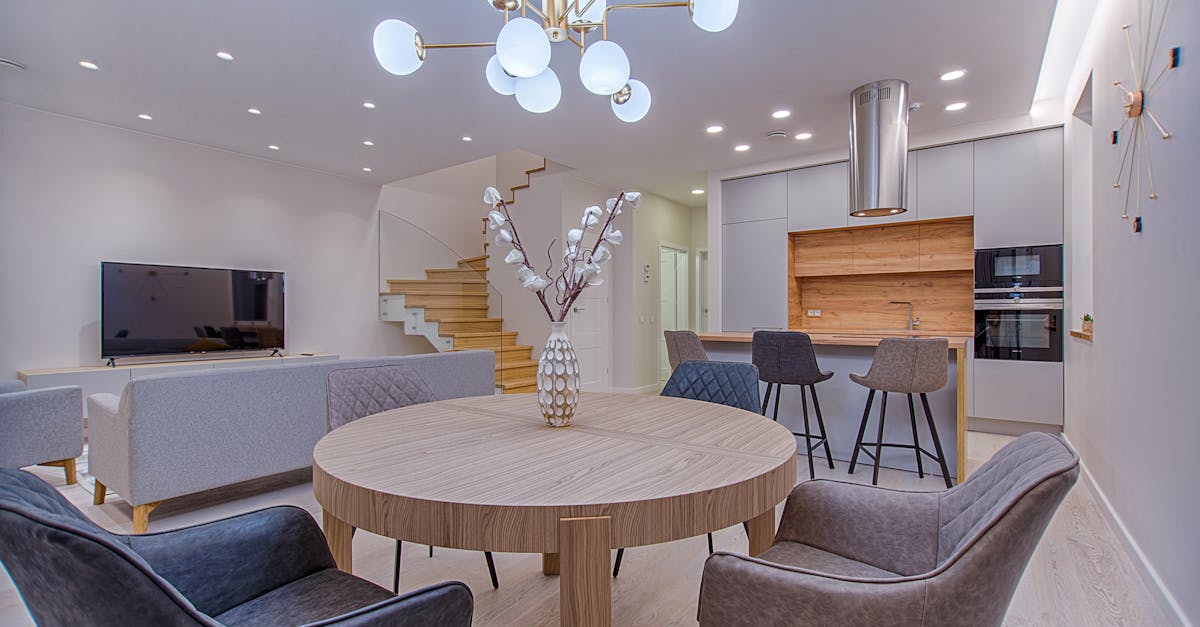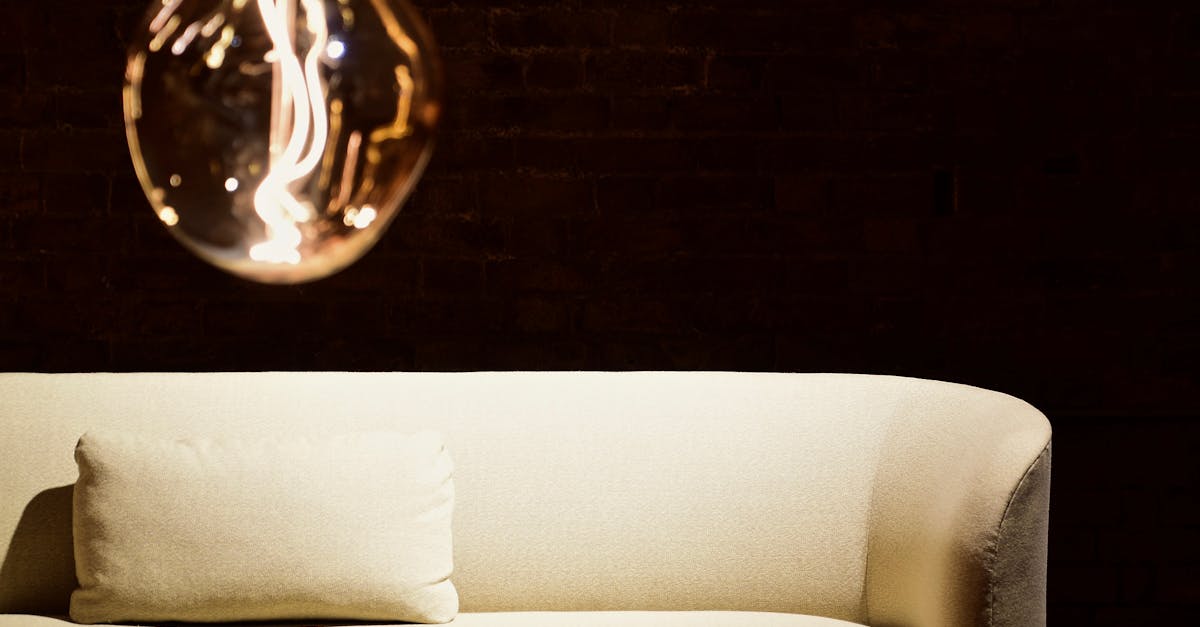
Table Of Contents
How to Manipulate Shadows for Dramatic Effects
Lighting design plays a crucial role in creating visually captivating spaces. One key aspect of lighting manipulation is the strategic use of shadows to enhance the overall ambiance of a room. By carefully positioning light sources, designers can effectively control the direction and intensity of shadows, resulting in dramatic effects that add depth and dimension to the environment. In the context of Lighting Design in Cambridge, utilizing shadows can create a dynamic interplay between light and dark, transforming a mundane setting into a visually engaging experience.
Moreover, manipulating shadows can also help highlight specific features or focal points within a space. By casting shadows in strategic locations, designers can draw attention to architectural details, artwork, or other elements that contribute to the overall design aesthetic. Additionally, creating contrast through light and shadow can evoke different moods and emotions, further enhancing the atmospheric quality of the space. In the realm of Lighting Design in Cambridge, mastering the art of shadow manipulation is essential for achieving compelling visual compositions that resonate with viewers.
Creating Depth and Texture Through Strategic Shadow Placement
Creating depth and texture through strategic shadow placement is a fundamental concept in lighting design. By strategically positioning light sources, designers can manipulate shadows to enhance the visual interest of a space. In Lighting Design in Saint Catherines, shadows are utilized to add a sense of drama and dimension, creating a dynamic interplay between light and dark that elevates the overall aesthetic.
Moreover, the strategic placement of shadows can help to define different areas within a space and highlight architectural features. By casting shadows strategically, designers can draw attention to textures, shapes, and patterns, adding depth and visual intrigue to the environment. Through careful consideration of shadow placement, lighting designers in Saint Catherines can create a multi-dimensional experience that engages and captivates occupants.
Enhancing Lighting in Indoor Environments
Lighting Design in Saint Catherines plays a crucial role in creating a comfortable and visually appealing indoor environment. Strategic placement of light sources can enhance the overall ambiance of a space while also improving functionality. When designing indoor lighting schemes, it is essential to consider both the aesthetic and practical aspects to achieve the desired atmosphere. By incorporating a mix of ambient, task, and accent lighting, different areas within a room can be highlighted to serve their specific purposes effectively.
In addition to the types of light sources used, the colour temperature and intensity of the light are equally important factors to consider. Warm light can create a cozy and inviting atmosphere, while cooler light can enhance focus and productivity in workspaces. By layering different sources of light and adjusting their properties accordingly, a dynamic and versatile indoor lighting scheme can be achieved in Saint Catherines. Careful planning and attention to detail are key in ensuring that every corner of a room is well-illuminated, creating a welcoming and functional space for its occupants.
Techniques for Improving Illumination in Closed Spaces
When it comes to illuminating closed spaces effectively, Lighting Design in Saint Catherines underscores the importance of utilizing the right fixtures and placements. In situations where natural light is limited, artificial lighting becomes pivotal in creating a welcoming and functional environment. Wall sconces, recessed lighting, and track lights offer versatile options for adding brightness to enclosed areas while maintaining a sleek and unobtrusive aesthetic.
Strategic placement of lighting fixtures can make a significant impact in closed spaces. By integrating a combination of ambient, task, and accent lighting, different areas within a room can be illuminated to cater to various activities and moods. Dimmer switches are also valuable tools in closed spaces as they allow for flexibility in adjusting light levels to meet changing needs throughout the day.
Overcoming Common Lighting Challenges
Lighting design in Saint Catharines, like in many other places, comes with its fair share of challenges. One common issue faced by designers is dealing with glare, reflections, and uneven lighting. Glare occurs when there is excessive brightness that causes discomfort or interferes with visibility. To overcome this challenge, using glare-reducing fixtures or incorporating diffusers can help soften the harsh light and create a more pleasant environment for occupants. Reflections can also be problematic, especially in spaces with shiny surfaces. Strategic placement of lighting fixtures and using matt finishes can minimize unwanted reflections, enhancing the overall lighting design in Saint Catharines.
Another common challenge in lighting design is achieving uniform illumination in closed spaces. Uneven lighting can create shadows and dark spots, impacting the functionality and aesthetics of a room. To address this, designers can implement a mix of ambient, task, and accent lighting to ensure comprehensive coverage. Additionally, adjusting the positioning of fixtures and choosing the right colour temperature can help create a balanced lighting scheme that enhances the ambiance of indoor environments in Saint Catharines. By being mindful of these challenges and implementing appropriate solutions, designers can elevate the lighting design in Saint Catharines to create visually appealing and functional spaces.
Solutions for Dealing with Glare, Reflections, and Uneven Lighting
Glare, reflections, and uneven lighting can pose significant challenges in achieving optimal lighting design in Saint Catherines. To tackle glare, consider utilizing anti-glare fixtures or diffusers to soften harsh light and minimize eye strain. Positioning lights strategically can also help in reducing glare by avoiding direct light exposure. Additionally, adjusting the angle or intensity of lights can help mitigate unwanted reflections, creating a more visually pleasing and comfortable environment.
When addressing uneven lighting, a well-thought-out combination of ambient, task, and accent lighting can help distribute light more evenly throughout a space. By incorporating multiple light sources at varying heights and angles, you can create a balance that eliminates shadows and bright spots. Moreover, using dimmers or adjustable fixtures allows for flexibility in controlling light levels, enabling you to tailor the lighting to suit different activities and moods. By implementing these solutions, you can effectively combat glare, reflections, and uneven lighting, enhancing the overall lighting design in Saint Catherines.
FAQS
What are the 3 main rules of lighting?
The three main rules of lighting are manipulating shadows for dramatic effects, creating depth and texture through strategic shadow placement, and enhancing lighting in indoor environments.
How can I manipulate shadows for dramatic effects in my lighting setup?
To manipulate shadows for dramatic effects, you can adjust the positioning and intensity of the light source, use different materials to create interesting shadows, and experiment with various angles to achieve the desired effect.
What is the significance of creating depth and texture through strategic shadow placement in lighting design?
Creating depth and texture through strategic shadow placement adds dimension and visual interest to the space, making it more engaging and dynamic. It can also help highlight certain elements or create a specific ambiance.
How can I enhance lighting in indoor environments effectively?
To enhance lighting in indoor environments, you can use a combination of ambient, task, and accent lighting, ensure proper placement of light fixtures to avoid glare and shadows, and choose the right colour temperature for the desired atmosphere.
What are some techniques for improving illumination in closed spaces with limited natural light?
Techniques for improving illumination in closed spaces with limited natural light include using mirrors to reflect light, choosing light colours for walls and furniture, incorporating light fixtures with adjustable brightness, and maximizing the use of daylight through windows or skylights.
